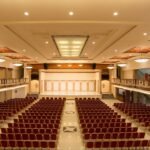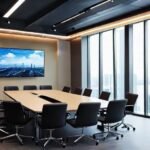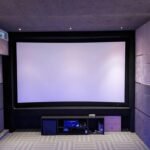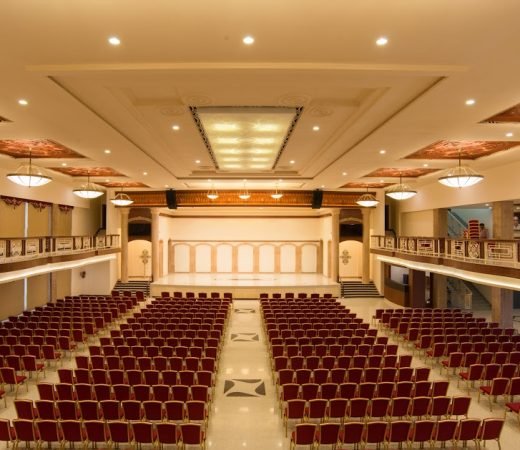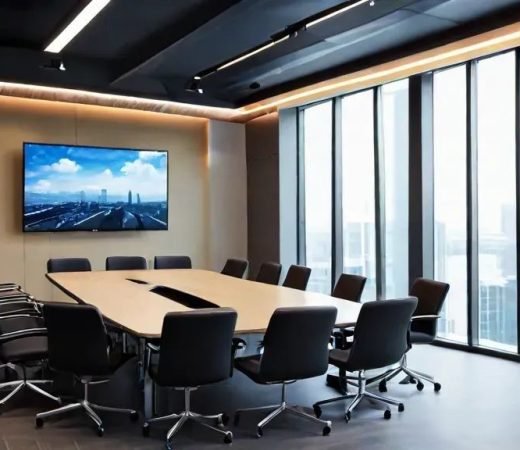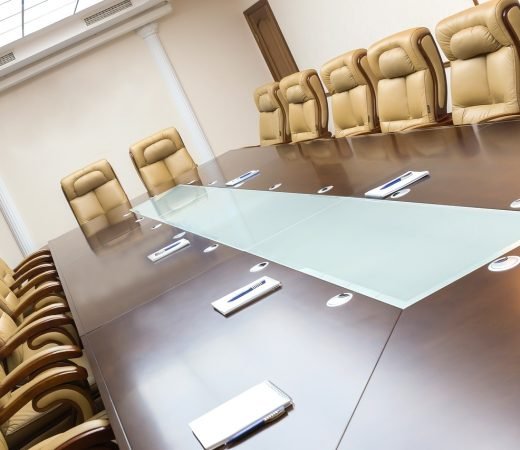Designing an auditorium with a comprehensive Tetra AV (Audio-Visual) solution requires careful planning and integration of various technologies to create an immersive and functional environment. Whether it’s for corporate events, educational lectures, performances, or community gatherings, a well-equipped auditorium enhances the experience for both presenters and audience members.
Choosing the right location for your video conference room is the first step. It should be in a quiet area away from high-traffic zones to minimize background noise and distractions. The size of the room should be appropriate for the number of participants, ensuring everyone can be seen and heard clearly.
Invest in a high-definition camera with a wide-angle lens to capture all participants. For larger rooms, consider a camera that can pan, tilt, and zoom.
Use high-quality, noise-cancelling microphones. Tabletop microphones or ceiling-mounted arrays can provide excellent audio coverage.
Ensure the room has clear, high-quality speakers. Built-in audio systems often work well, but external speakers can be used for better sound.
A well-designed video conference room can transform the way your team communicates and collaborates. By investing in quality equipment, optimizing the room’s layout and acoustics, and following best practices for video conferencing, you can create a productive and professional virtual meeting space that meets the needs of your organization.


